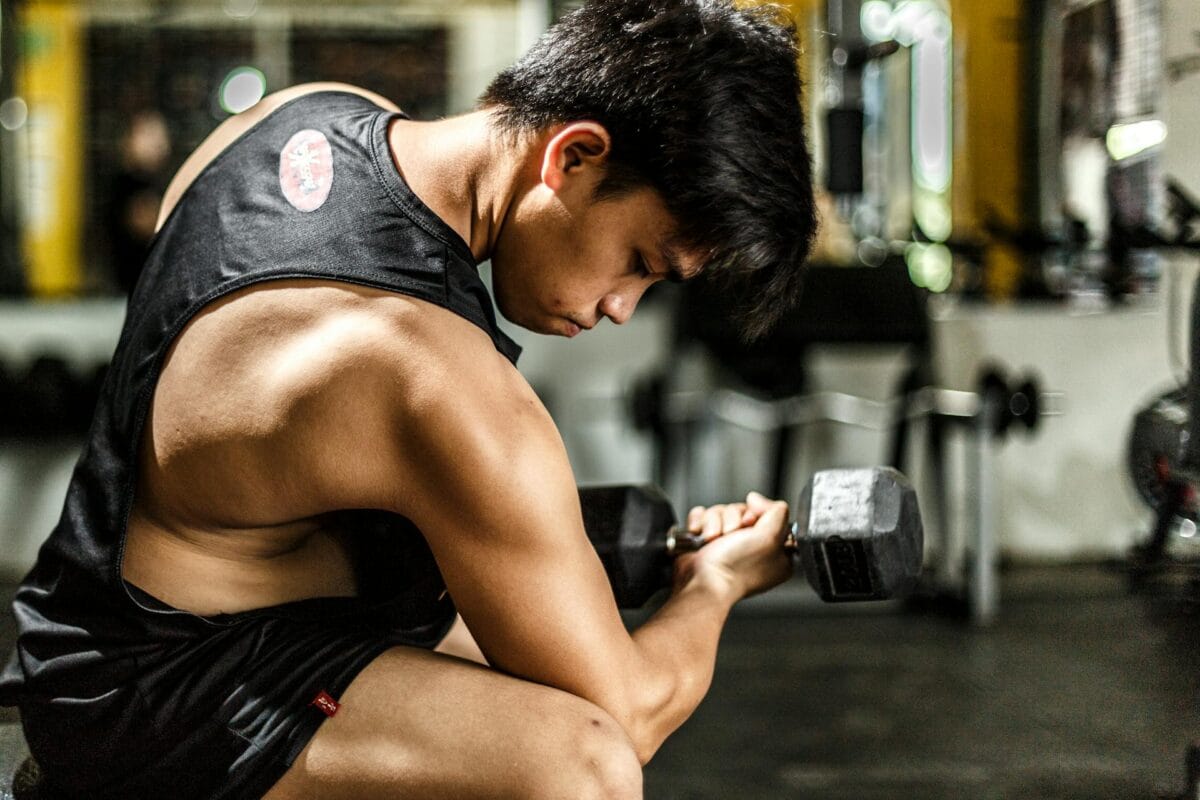Peptides have emerged as a promising alternative for speeding up recovery and reducing pain in rotator cuff injuries. This guide explains how peptides work on the rotator cuff, their benefits, and how athletes can safely incorporate them into their rehabilitation programs. Whether you’re a professional athlete or a sports enthusiast, this post provides valuable insights to aid in injury recovery and improve performance.
How Peptides Aid in Rotator Cuff Injury Recovery
The rotator cuff consists of four muscles and tendons that stabilize the shoulder joint and enable a broad range of movements. For athletes, this muscle group is crucial, as any injury can significantly impact performance and recovery. While various treatment options exist, peptides have emerged as a promising alternative to accelerate healing and alleviate pain.
In this article, we’ll explore how peptides interact with the rotator cuff, their advantages, and how athletes can use them safely and effectively. Whether you’re a professional athlete or a fitness enthusiast, this guide will help you understand how to integrate peptides into your rehabilitation process for optimal recovery.
What is the Rotator Cuff?
The rotator cuff is a set of four muscles and their tendons that play a pivotal role in shoulder stabilization and movement. This anatomical structure is crucial as it allows a wide range of arm motions while protecting the shoulder joint from injury. Let’s take a closer look at the four main muscles that form the rotator cuff:
- Supraspinatus
Location: Located at the top of the shoulder, just above the spine of the scapula.
Function: The supraspinatus muscle primarily helps in shoulder abduction, which involves lifting the arm sideways. It also plays a vital role in stabilizing the head of the humerus within the glenoid cavity. - Infraspinatus
Location: Positioned behind the shoulder, below the spine of the scapula.
Function: The infraspinatus is mainly responsible for external rotation of the shoulder, also contributing to shoulder joint stability. - Teres Minor
Location: A small muscle found just below the infraspinatus, also at the rear of the shoulder.
Function: It assists in the external rotation of the shoulder and complements the function of the infraspinatus, further stabilizing the shoulder joint. - Subscapularis
Location: The largest of the four, located at the front of the shoulder, covering the anterior surface of the scapula.
Function: The subscapularis facilitates internal rotation of the shoulder and plays a crucial role in keeping the humeral head stable in the glenoid cavity.
The Role and Importance of the Rotator Cuff
The rotator cuff’s functions include stabilizing the shoulder joint and allowing for diverse movements, such as lifting the arm, rotating it outward, or turning it inward. Its primary role is to stabilize the humeral head in the glenoid cavity during arm movements, preventing dislocations and other injuries. Additionally, the rotator cuff allows for:
- Abduction (lifting the arm to the side – supraspinatus)
- External Rotation (rotating the arm outward – infraspinatus and teres minor)
- Internal Rotation (rotating the arm inward – subscapularis)
Rotator Cuff Injuries
Rotator cuff injuries are common, particularly among athletes and those who perform repetitive arm movements. These injuries can range from sprains to tears and inflammation, causing significant pain and limiting range of motion. Typical rotator cuff injuries include:
- Strains: Overstretching of the muscles or tendons.
- Tears: Partial or complete ruptures of the muscles or tendons.
- Inflammations: Tendonitis or bursitis, leading to pain and restricted movement.
Symptoms of rotator cuff injuries can vary from mild discomfort to severe pain, with significant loss of movement. Treatment often involves a combination of rest, physical therapy, medications, and sometimes surgery.
Peptides and Their Role in Rotator Cuff Recovery
Peptides are short chains of amino acids that can stimulate the body’s natural healing processes. They are increasingly being explored as a treatment for various musculoskeletal injuries, including rotator cuff damage. Peptides can promote tissue repair, reduce inflammation, and enhance the regeneration of damaged muscle fibers and tendons.
For athletes, peptides provide a non-invasive, effective way to speed up recovery. They can aid in:
- Reducing Inflammation: Peptides can help decrease the inflammation around the injured area, leading to faster healing and less pain.
- Promoting Tissue Regeneration: Certain peptides have been shown to enhance collagen production, which is essential for tendon and muscle repair.
- Increasing Flexibility: By stimulating the repair of damaged tissues, peptides can restore range of motion in the shoulder.
How Athletes Can Safely Use Peptides
While peptide therapy can be highly effective, it’s essential for athletes to use them under the guidance of a healthcare professional. Peptides should be considered as part of a comprehensive rehabilitation plan, which includes physical therapy and proper nutrition. For optimal results, athletes should:
- Consult a doctor or sports specialist before starting peptide therapy.
- Use peptides in conjunction with a well-rounded rehabilitation program.
- Monitor progress and adjust the peptide regimen based on response to treatment.
Traditional Treatment Methods
Although peptides offer an exciting alternative, traditional treatments for rotator cuff injuries remain relevant. These include a combination of non-invasive and invasive techniques, depending on the severity of the injury and the patient’s individual needs. Common traditional treatments include:
- Rest and ice therapy
- Physical therapy
- Anti-inflammatory medications
- Corticosteroid injections
- Surgery (in severe cases)
In conclusion, peptides present an innovative, safe, and effective solution for athletes dealing with rotator cuff injuries. When used correctly, they can speed up recovery, reduce pain, and enhance overall shoulder function, allowing athletes to return to peak performance faster.


